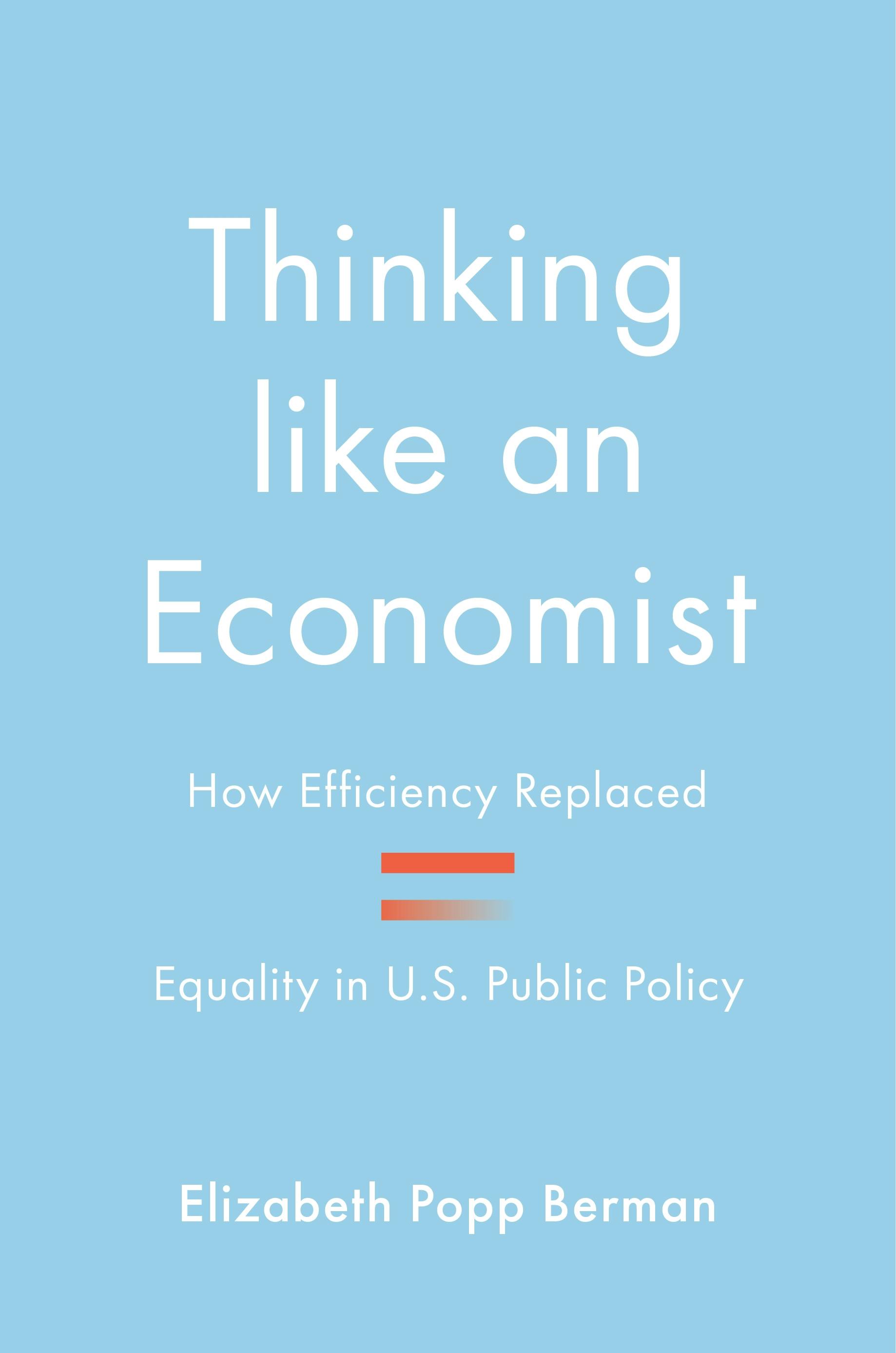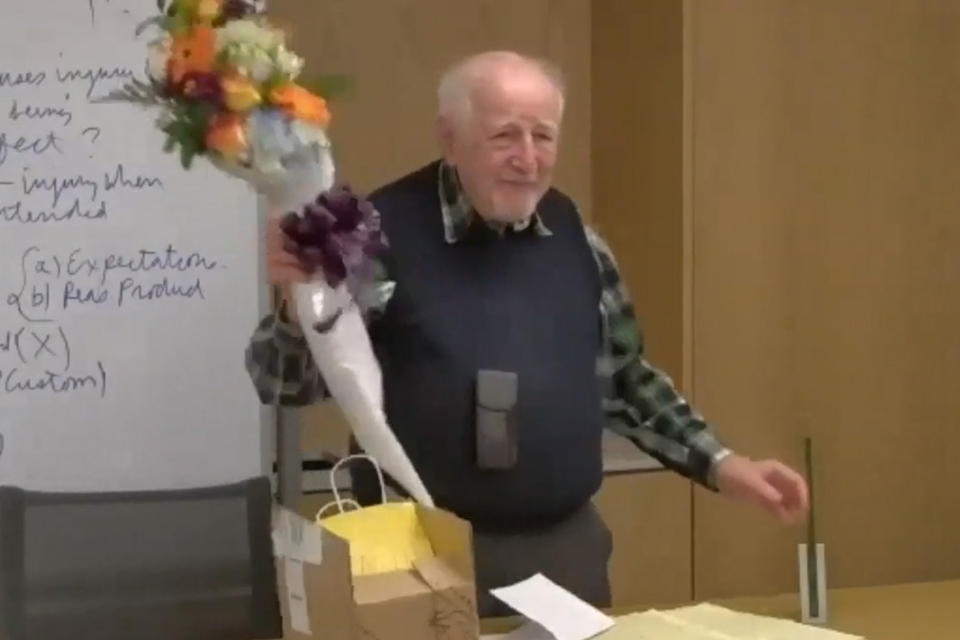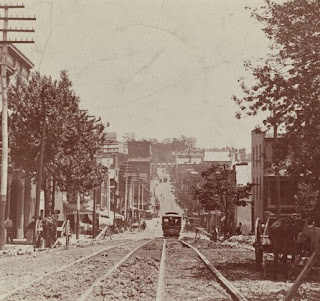This post, by Karen Tani (University of Pennsylvania), is the second in a series of posts in which legal historians reflect on Outside In: The Oral History of Guido Calabresi (Oxford University Press), by Norman I. Silber.
When I first met Guido Calabresi, it was in an interview for a clerkship. As an outsider to the world of Yale Law School, I knew him only by reputation and had little sense of how he had achieved his stature. Prior to the interview, I tried to familiarize myself with his legal scholarship, but I lacked the intellectual grounding to really understand the importance of his interventions. The interview went just as I feared, at least from my perspective. We had a moment of connection when we talked about the infamous Korematsu case and my Japanese American grandparents’ experience at that time (the early chapters of Outside In nicely capture why this would resonate with him), but besides that, I remember feeling unsophisticated and uninteresting. I was genuinely surprised when he offered me a job.
One of the delights in reading Outside In has been to realize, belatedly, how deeply my research interests intersect with Calabresi’s life. In part, this is because his adulthood covers the period that most interests me as a historian, and because his personal and professional journeys brought him into contact with so many influential people in law and politics. To take one example, my first article was about the revocation of government benefits and privileges as a tool of anti-communist persecution and how this influenced Charles Reich as Reich formulated what became “The New Property.” Calabresi not only knew Reich well, but, like Reich, had clerked for Justice Black during a period when the Supreme Court grappled with loyalty/security cases. All this comes up in Outside In.
 I also now see another intersection. This post (one of several) discusses Calabresi as a complex vector of what sociologist Elizabeth Popp Berman has called “the economic style of reasoning”—an approach to governance that rose to prominence in the later decades of the twentieth century and that is central to my current work on disability and law in this period. [All the Berman quotes in what follows are from Thinking Like an Economist: How Efficiency Replaced Equality in U.S. Public Policy (Princeton University Press, 2022). I use the abbreviation “TLE” for citations.]*
I also now see another intersection. This post (one of several) discusses Calabresi as a complex vector of what sociologist Elizabeth Popp Berman has called “the economic style of reasoning”—an approach to governance that rose to prominence in the later decades of the twentieth century and that is central to my current work on disability and law in this period. [All the Berman quotes in what follows are from Thinking Like an Economist: How Efficiency Replaced Equality in U.S. Public Policy (Princeton University Press, 2022). I use the abbreviation “TLE” for citations.]*
“The economic style of reasoning” is Berman’s term for “a distinctive way of thinking about policy” that became visible in Washington “as early as the 1950s, but really spread in policymaking between about 1965 and 1985” (TLE 3, 5). Less a coherent theory than a “loose approach to policy problems,” the “economic style” emphasizes the use of “basic microeconomics concepts, like incentives, various forms of efficiency, and externalities” (TLE 3, 5). Translated into policymaking (by liberals as well as conservatives), this has often meant quantification, the use of models to simplify, cost-benefit analysis, and “thinking at the margin” (TLE 5). And, compellingly, it has led to results that appear politically neutral. “[N]evertheless,” Berman cautions, the “economic style” “contains values of its own,” such as “choice, competition, and, especially, efficiency” (TLE 4).
Berman’s Thinking Like an Economist carefully documents “where the economic style of reasoning came from” and “how it spread and was institutionalized in Washington” (TLE 4). (She also explores and critiques the political consequences, to which I’ll return in later posts.) One facet of the “spread,” she argues, was through the field of Law & Economics. Here, Berman places most emphasis on Harvard and University of Chicago industrial organization economists (those interested in "the relationship between firms, industries, and markets”) and their influential converts in law (e.g., Chicago’s Richard Posner) (TLE 72). But Calabresi’s work receives mention, too, as “a separate, fruitful line of intellectual exploration” (TLE 84). In other words, Calabresi was there at the beginning and he mattered, but Berman appears to attribute the rise of economics in law schools (and beyond) largely to other figures.
Outside In brings additional nuance to this important account, by (1) describing Calabresi’s Chicago-skeptical training in economics, (2) documenting Calabresi’s somewhat different “economic style” (apparent in both his academic writings and his judicial opinions), and (3) suggesting that he may, in fact, have played a crucial (if complex) role in the “spread” phenomenon that Berman has rightly brought to scholars' attention.
This post discusses the first: the Law & Economics education—or rather the economics, then law, education—of Guido Calabresi.**




.jpg/788px-Rouen_Cathedral%2C_West_Fa%C3%A7ade%2C_Sunlight_by_Claude_Monet_(4990896545).jpg?20150613121706)





